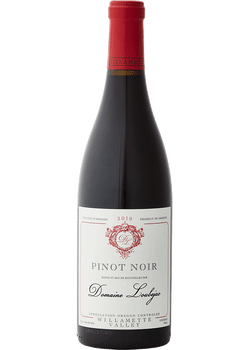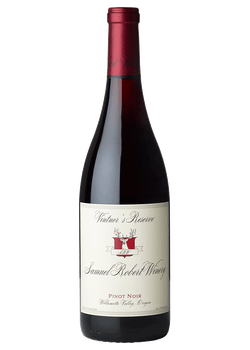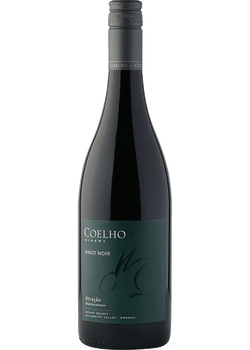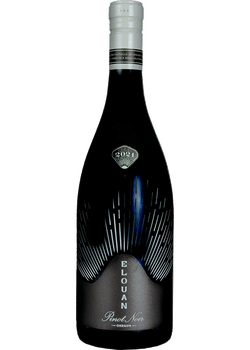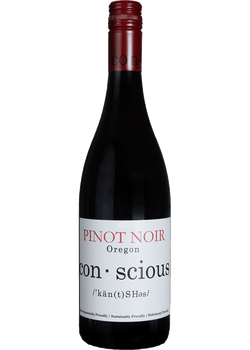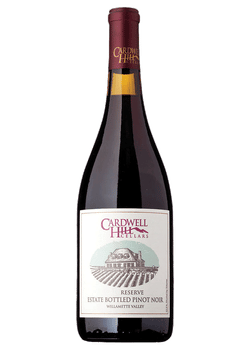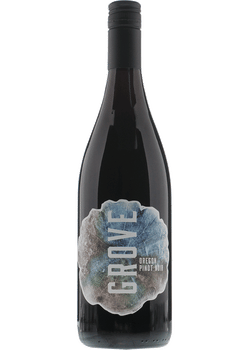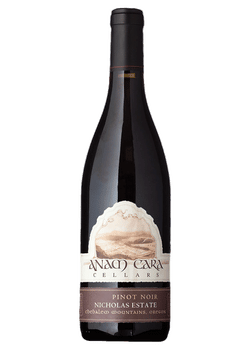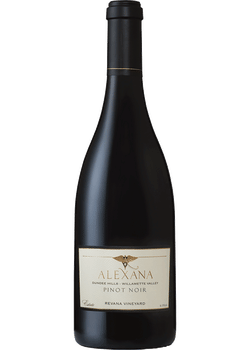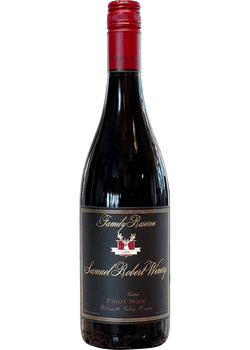Oregon is a place to watch for anyone looking for both excellence and value in wine. In 2020, Oregon wines were just 1% of US wine production, but they accounted for 7% of the Wine Spectator Magazine’s prestigious Top 100 awards in 2020. Many experts think the best is yet to come, as Oregon’s wine industry just got going in 1961. That’s when Richard Sommer, who many call the father of Oregon wine, planted a vineyard with several wine grapes, including Pinot Noir. Though more than 70 grape varieties are grown in Oregon today, the predominantly cool climate makes Oregon ideal for Burgundian Pinot Noir, Chardonnay, Pinot Gris, and Syrah.
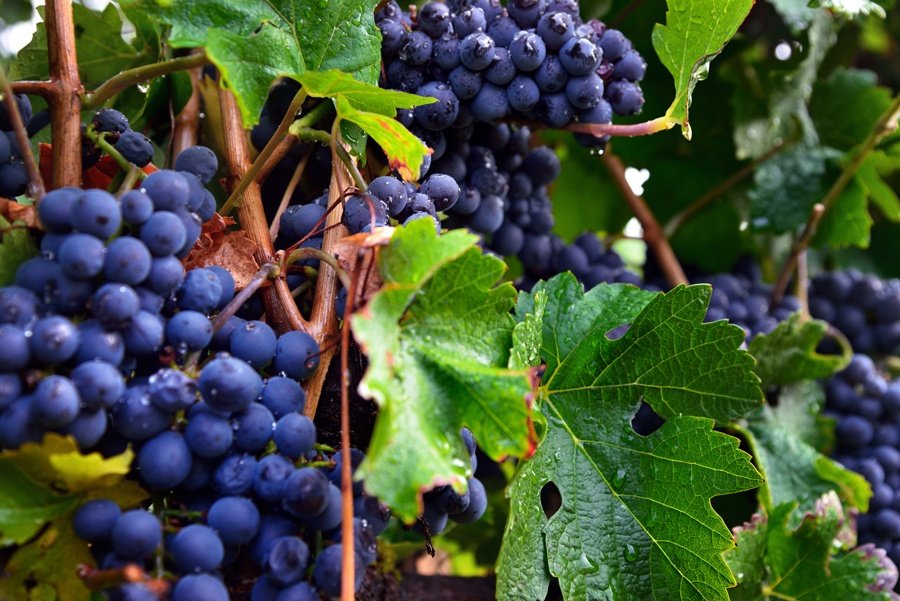
4 facts to know about Oregon wine
-
Pinot Noir is the big story in Oregon wine, accounting for nearly 60% of the state’s production. Pinot Gris, an aromatic white wine, and Chardonnay are a distant second and third.
-
Most Oregon wine producers (75%) are boutique family-owned wineries that make less than 5,000 cases a year.
-
About 75 percent of Oregon’s wines come from the Willamette (pronounced will-AM-ett) Valley, a fertile area with a river, rich ancient soils, and many fruit farms.
-
In 1985, Oregon wines had their “Judgment of Paris” moment, when famous wine critics rated Oregon Pinot Noirs higher than ones from Burgundy, France.
What kind of wine is Oregon known for?
Oregon is world-famous for Pinot Noir. It’s considered the premier place in the US to grow Pinot Noir that emulates Red Burgundy from France. Oregon’s Willamette Valley is on 45th latitude, just like Burgundy’s famous Côte d’Or. Many parts of Oregon have a cool climate similar to Burgundy. And both areas have ancient mineral soils.
Oregon Pinot Noirs ripen slowly, developing tart strawberry, raspberry, mushroom, and earth flavors. And even when fully ripe, the grapes have abundant acidity, making them adept at pairing with a range of foods.
Today, Pinot Noir is 60% of Oregon’s wine production. How good is Oregon’s Pinot Noir terroir? In 1985, famous wine critics in New York couldn’t tell the difference between Pinot Noirs from Oregon and Burgundy, France, which cost twice as much. Oregon wines by Yamhill Valley Sokol-Blosser and Andelsheim took the top three scores.
The next most planted grape in Oregon is Pinot Noir’s cousin: Pinot Gris, a greyish-white wine grape that also thrives in a cooler climate. Oregon Pinot Gris tastes of pear, honeydew melon, white peach, and citrus, with an aromatic hint of cinnamon and nutmeg.
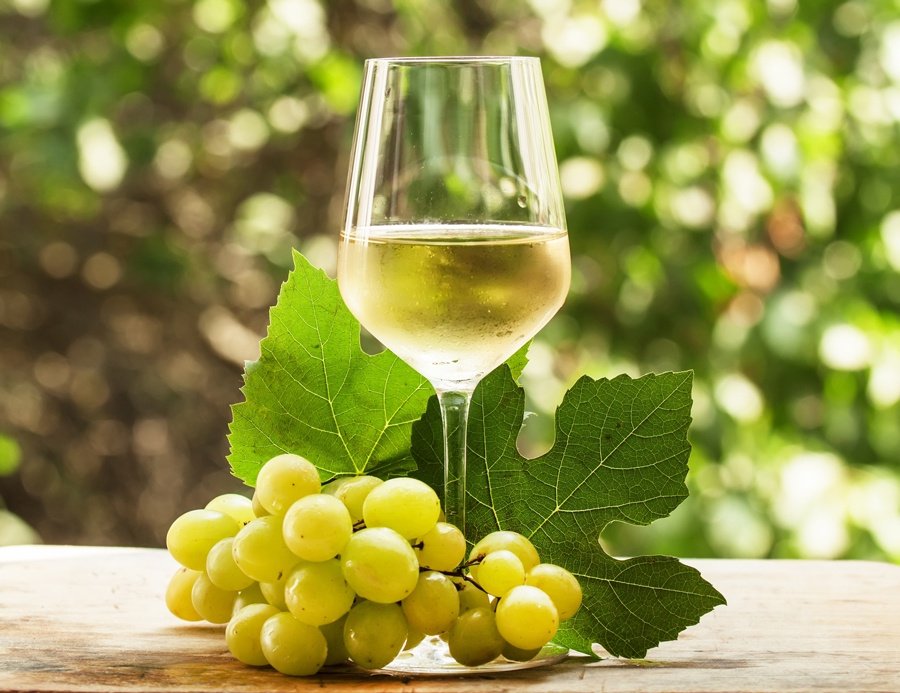
The third most plentiful Oregon wine is Chardonnay, which makes sense because it also thrives in Burgundy. Oregon’s best Chardonnays are more vibrant with refreshing acidity balanced by a touch of oak to add some opulence. Typical aromas include citrus, green pear, golden apple, herbs, and rocky minerality.
Best Pinot Noir from Oregon
Oregon wine history
Early settlers brought grapevines to Oregon in the 1800s, but most wineries shut down during the Prohibition years between 1920 and 1933. In 1933, a group of businessmen established a winery in Salem, but Oregon’s wine industry was still crawling along until 1961. That’s when plant scientist Richard Sommer bought an old turkey farm in the Umpqua Valley and planted vineyards. At his HillCrest Vineyards, Sommer planted several European wine grape varieties, including Riesling, Chardonnay, and Zinfandel. But the star was Pinot Noir, and he released Oregon’s first Pinot Noir in 1967.
While Sommer is considered the Father of Oregon wine, Charles Coury and David Lett had an enormous influence on the industry. Both came to Oregon, full of new ideas and conviction that Oregon was the best place in the US to grow Burgundian Pinot Noir. Lett, a viticulture grad from California, planted Pinot Noir in the Dundee Hills in 1966. His Eyrie Vineyard was also the first US winery to market Pinot Gris. Coury planted his Pinot Noir in Forest Grove, now in the new Tualatin Hills AVA.
From the mid-60s to 70s, more forward-thinking wine pioneers flocked to Oregon, including Richard Erath, Susan Sokol Blosser and her husband Bill, Dick and Nancy Ponzi, and Ginny and David Andelsheim. Those wineries are still creating wines that express Oregon’s diverse terroir today.
Key Oregon wine regions to know
If you only remember one Oregon wine region, make it the Willamette (pronounced will-AM-ett) Valley. This is where Oregon’s wine industry got started, and a combination of cool coastal breezes and three main soil types: volcanic, sedimentary, and silt-loam create Pinot Noirs with different flavor characteristics.
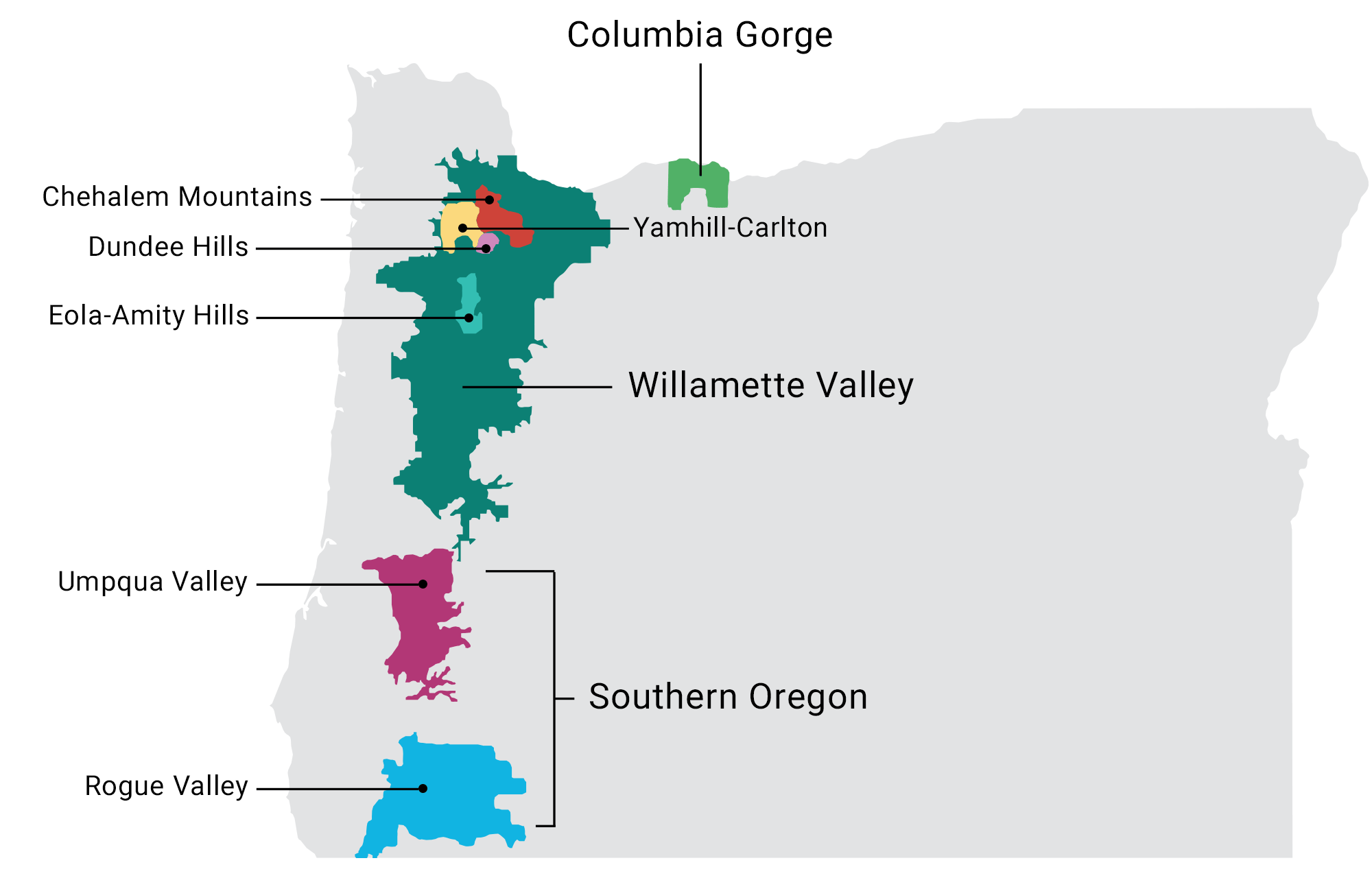
Willamette Valley
The massive Willamette Valley American Viticultural Area (AVA) comprises 10 smaller sub-AVAs where wines share similar qualities. Here are some of the most famous:
Dundee Hills
The Dundee Hills are full of Jory, a rusty iron-rich soil. The soil, and the way the mountains protect the area from harsh weather and extreme temperatures, attracted pioneers David Lett, Dick Erath, and others to plant Pinot Noir here. Dundee Hills Pinot Noirs tend to show lots of red fruit and minerality.
Chehalem Mountains
Home to pioneering wineries including Ponzi and Andelsheim, this area has all three of the Willamette valley’s major soil types. It’s known for Pinot Noir ranging from bright with red cherry and strawberry notes to more opulent and earthy wines. The area also makes a fair amount of Riesling and Chardonnay.
Eola Amity Hills
Volcanic and marine sediment soils, combined with chilly ocean winds, give wines from this region refreshing acidity. You’ll find some Chardonnay and Pinot Gris planted here, but the star is Pinot Noirs that are mineral and dark with plum, black cherry, and blackberry notes.
Yamhill Carlton
This is the home of full-spectrum expressive Pinot Noir that can be floral, fruity, earthy, and dark. Marine soils drain quickly, so grapevines put more energy into ripening fruit, while mountains protect the region from too much rain. Expect aromatic Pinot Noirs with rose and violet aromas mixed with dark cherry, blackberry, mocha, warm spice, and a whiff of sweet cigar.
Best Pinot Noir from Oregon
Southern Oregon
This AVA has warmer temperatures overall than the Willamette Valley, so there’s more diversity in grape varietals, including Cabernet Sauvignon, Syrah, Merlot, Viognier, and Tempranillo.
Umpqua Valley
Oregon’s first winery was founded here in 1961. A mix of warmer and cooler areas means the Umpqua Valley offers more than Pinot Noir. Nearly 20% of vineyards grow Riesling, and you’ll also find a fair amount of Tempranillo, a lighter Mediterranean red.
Rogue Valley
The Upper Rogue Valley is relatively warm with well-drained soils that are perfect for sun-loving grapes like Zinfandel, Tempranillo, and Bordeaux varietals. The Southern Rogue Valley is warmer, with dry areas ideal for Sauvignon Blanc, Malbec, Cabernet Sauvignon, and Merlot. In mountain areas, the cool climate is better suited to Pinot Gris, Pinot Noir, and Chardonnay. This area’s first claim to fame is the blue cheese made at the Rogue River Creamery, so you’ll also find sweeter wines that complement the zesty cheese.
Columbia Gorge
With terroir ranging from high desert to rain-soaked maritime areas, a wide range of grapes flourish in Oregon’s Columbia Gorge. Pinot Noir, Pinot Gris, and Chardonnay thrive in the cooler regions, while Zinfandel, Cabernet Franc, and Italian, including Sangiovese and Nero d’Avola, flourish in the warmer areas.
If this overview of Oregon wines has inspired you to explore more, visit our Pinot Noir wine guide or list of the best Pinot Noirs from Oregon.

